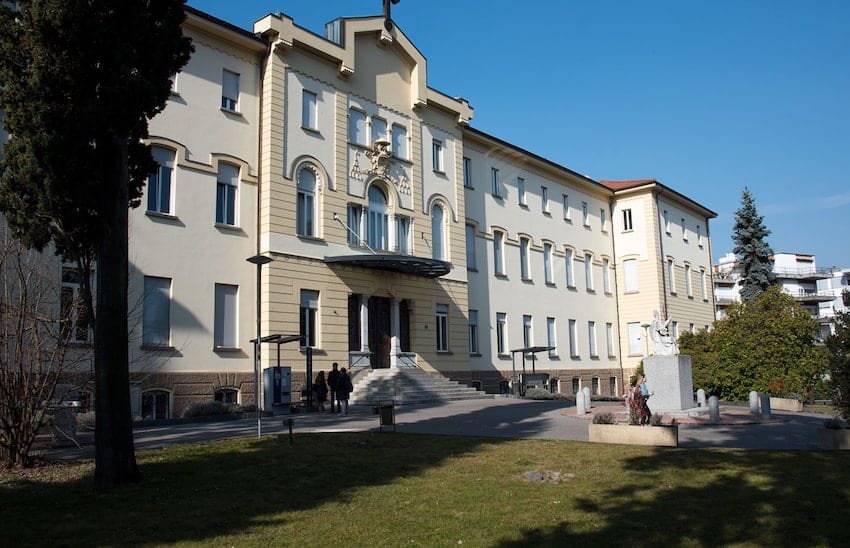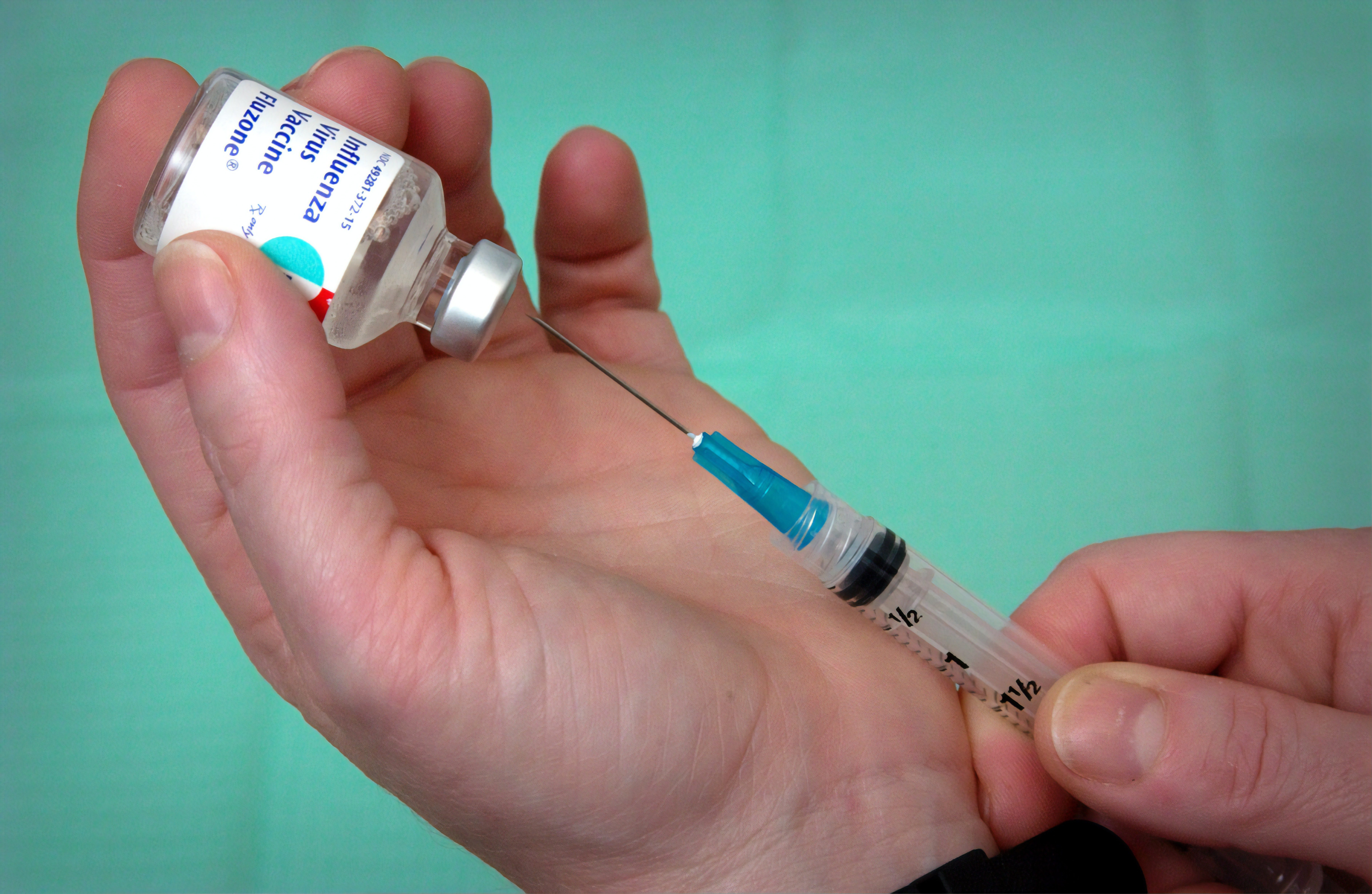by A. Altieri D’Angelo
Tyre Nichols was in the wrong place at the wrong time. He was minutes away from his home in Memphis, Tenn., on Jan. 7, 2023, when he was pulled over by police and fatally beaten; Nichols died on Jan. 10. He offered no resistance and tried to calm the officers involved, who, from the beginning of the encounter acted extremely aggressively. Five Memphis police officers (all black) were charged with second-degree murder, and a white officer was suspended. In addition, two Fire Department emergency medical technicians and two Memphis County deputy sheriffs have also been barred from duty.
The Nichols assault was recorded on police body cameras and an overhead street camera. The Memphis Police Department released the bodycam video on Jan. 26, one day after the five police officers were charged with murder. Cities and communities around the country prepared for violent demonstrations to break out once the public saw the horrific video.
Demonstrations were held in many cities and towns in the following days. The National Guard had been put on alert in various states to prevent the kind of rioting that occurred after George Floyd died. The demonstrations were not violent but rather sad, subdued marches with people shouting for justice. It was no replay of the George Floyd or the infamous 1992 Rodney King riots.
The mostly non-violent reaction was surprising, given how Nichols was beaten and left to die. It seemed that people did not have the same level of emotions as they did in the summer of 2020 when Floyd died. Some believe people were out protesting more because they were forced to stay home due to Covid and were venting. The winter weather played a part in restraining the crowds as well. The muted reaction could also have been due to the realization the issue they campaigned for, police reform, had not been resolved, and that led to a sense of hopelessness. Regardless of the reasons, the demonstrations came and went.
However, there is no doubt the killing of a black man by five black police officers shocked many people not only because of the violent way Nichols was killed but by the fact that it was a black-on-black murder. For years, law reform advocates argued that police departments needed to reflect the citizens they were protecting. Many citizens agreed; they associated police brutality with white officers beating Black Americans. Nichol’s death changed that perception. A line was crossed, and liberals and advocates have had trouble responding to the new reality. Before Nichols, the solution was simple: add more blacks and other minorities to the police force. But in the @32 years since four white cops beat Rodney King, police departments have slowly become more diverse. When George Floyd died, the need to add more minorities to police forces increased. People now realize more changes are required.
Tyre Nichol’s death stunned the average citizen into recognizing that the race of the officers involved is not the driving factor in such brutal crimes but the race of the victim. Policing in the U.S. puts black people at risk regardless of the race of the police officer. Many black police officers carry the same views of Black Americans as white officers.
The issue is no longer about the race of the police officer. It is about a police subculture that has a systemic bias toward minorities. This attitude is deeply rooted and goes beyond black or white officers. It is about wearing a blue uniform. The subculture causes many (not all) black officers to become as prejudiced as white officers; this does not mean we should not add black officers. Diversity is the right way to develop a better police force, but it is not the final solution. Racist policing must be eliminated as well.
The U.S. continues to struggle with developing a comprehensive policing approach that does not depend on violent, unlawful behavior. The elimination of racist policing will continue to take time and money. After George Floyd died, many people argued that police departments should be defunded. However, there is no such talk in 2023. The increase in crime over the last few years has eliminated any justification for reducing funding for law enforcement. Police Department budgets have increased since 2020. The goal is to use those funds for training, oversight, and accountability.
Police must treat people with respect and without bias and still uphold the law. They must be held accountable for their actions. (The decision by the Memphis Police Commissioner to fire the five officers so quickly after Nichols’ death is now the blueprint for future police accountability.)
Unfortunately, more people of color will die before policing in the U.S. achieves its lofty goal of treating everyone equally under the law. But as a nation, we must carry on the fight.



















